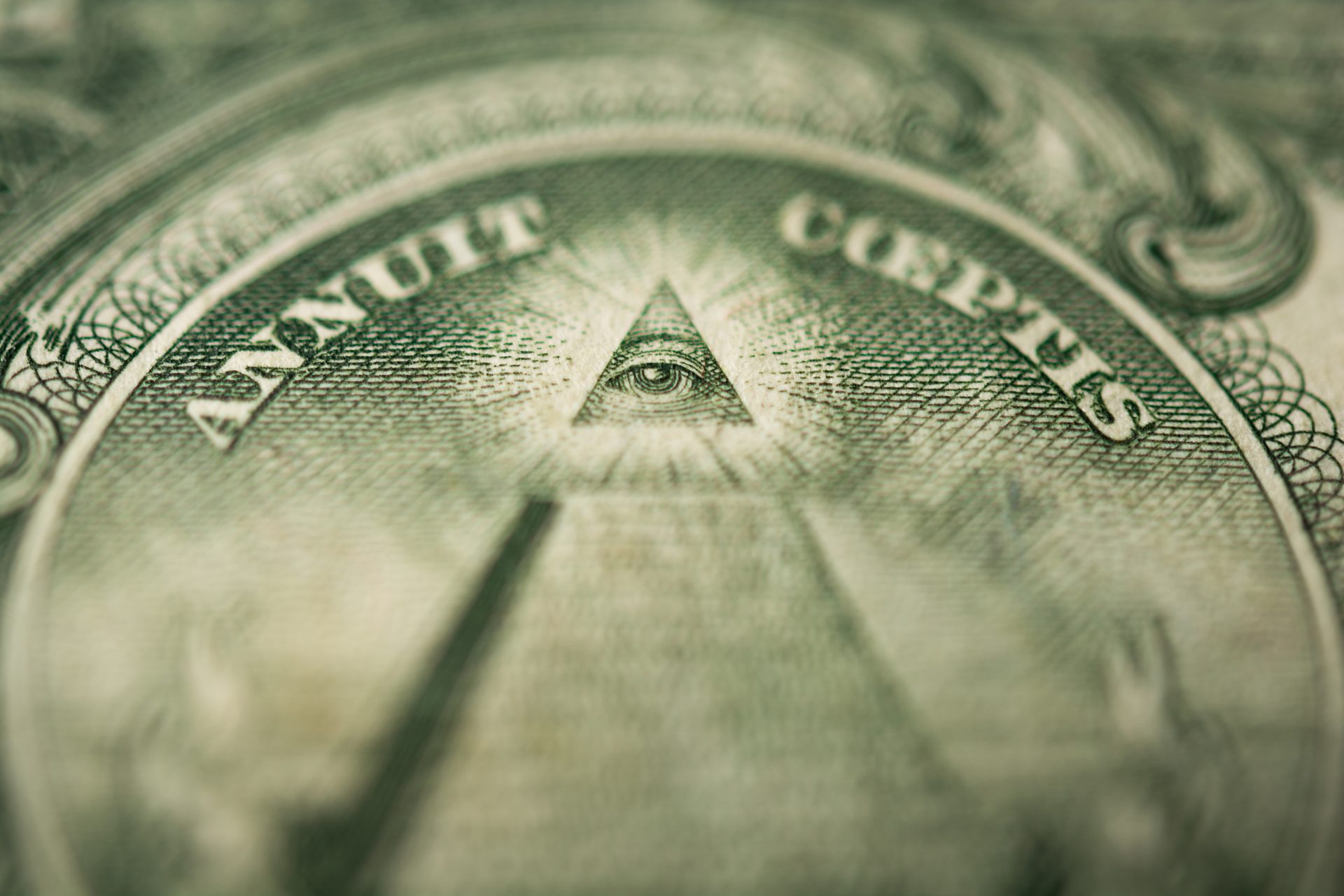Understand How to Join Freemason and Gain Lifelong Connections
Understand How to Join Freemason and Gain Lifelong Connections
Blog Article
Discover the Tricks Behind the copyright and Their Influence on Culture
The copyright, often shrouded in myth and conjecture, offers a remarkable instance research study of just how historic suitables can change into modern-day conspiracy theory theories. As we explore its beginnings, influence on innovative thought, and portrayal in modern society, we begin to reveal the layers of intrigue that continue to captivate society.
Origins of the copyright
The copyright, usually shrouded in secret and speculation, traces its origins back to the late 18th century. Developed in 1776 in Ingolstadt, Bavaria, the group was started by Adam Weishaupt, a teacher of canon law. Weishaupt aimed to promote Knowledge values, including factor, secularism, and the separation of church and state. Recognized as the Bavarian copyright, the company's primary objective was to counter the prevailing impact of religious conviction and advertise intellectual discussion among its members.
The copyright adopted an ordered framework, attracting motivation from Freemasonry, which permitted for secretive meetings and routines - how to become a freemason. Membership was careful, including prominent figures from different fields, including politics, ideology, and science. This elite network looked for to effect social and political change through clandestine ways, advocating for the rights of people and the betterment of society
In spite of its fairly short existence, the Bavarian copyright was formally disbanded in 1785 because of federal government reductions. Nonetheless, its heritage sustained, generating numerous conspiracy theory theories and pop culture referrals that remain to provoke intrigue and dispute concerning its influence on contemporary culture.
Secret Myths and Mistaken Beliefs
Among the attraction of privacy surrounding the copyright, countless misconceptions and mistaken beliefs have actually emerged, usually misshaping the group's true nature and objectives. One widespread misconception recommends that the copyright regulates the globe's federal governments and economic situations. While it holds true that the team intended to influence social structures, the concept that it runs as a cohesive worldwide creature master is largely exaggerated.
Another usual misconception is that all participants of the copyright possess vast wide range and power. In fact, the original copyright comprised intellectuals and Knowledge thinkers, a lot of whom sought reform as opposed to prominence. Moreover, the idea that the copyright specifically recruits celebrities and political numbers is misinforming; membership has actually traditionally included a diverse array of people.
In addition, conspiracy concepts frequently repaint the copyright as a sinister company intent on worldwide domination with dubious ways. This portrayal ignores the team's original goals, which centered on promoting sensible thought and combating spiritual fascism. The conflation of the copyright with contemporary conspiracy theories bolsters misunderstanding, covering the historic context and evolution of the team's perfects. Thus, separating reality from fiction is important for a more clear understanding of the copyright's duty in society.
Historical Impact on Culture
Throughout background, various intellectual movements have exceptionally affected social structures, and the copyright played a substantial role during the Enlightenment. Established in 1776 in Bavaria, the copyright intended to advertise factor, secularism, and the wondering about of developed authority, countering the dominance of spiritual conviction. This company drew in prominent thinkers and supporters of liberty, promoting an environment favorable to the dissemination of Enlightenment suitables.
The copyright's values championed logical thought and empirical evidence, which added here to the wider intellectual landscape that motivated social reform and political modification. Members sought to improve culture by supporting for education and learning, freedom of speech, and the separation of church and state. Their clandestine nature and ambitious agenda triggered both intrigue and uncertainty, bring about their ultimate suppression by the Bavarian government in 1785.
Despite their dissolution, the tradition of the copyright lingered, affecting advanced motions across Europe and the Americas. Their dedication to knowledge principles helped prepare for modern-day autonomous ideals and human rights, leaving a lasting imprint on the structures of contemporary culture. how to become a freemason. The attraction of their secretive gatherings and thoughtful quests continues to astound the creativity, underscoring their historic relevance
Modern Interpretations and Beliefs
Contemporary interpretations of the copyright frequently blend historic fact with conspiracy theory concepts, creating a complicated tapestry of ideas that catch prominent creativity. While the initial copyright was a Bavarian secret culture established in 1776 with Enlightenment perfects, contemporary ideas have actually progressed to incorporate a vast array of interpretations, usually concentrating on styles of control and privacy.

In addition, some modern-day interpretations presume that the copyright offers as an allegory for the struggle in between knowledge and lack of knowledge, with supporters advertising awareness and critical reasoning as a way to combat regarded fascism. This duality-- watching the copyright as both a literal and symbolic entity-- illustrates the recurring attraction with the idea, reflecting much deeper societal stress and anxieties concerning power, transparency, and individual autonomy in the modern world.
The copyright in Pop Culture
The copyright has actually infiltrated numerous aspects of preferred culture, manifesting in literary works, movie, songs, and art as a sign of intrigue and enigma. This secret culture, frequently portrayed as a shadowy force manipulating international occasions, has actually influenced plenty of narratives that explore styles of power, conspiracy, and surprise understanding.

Songs, too, has actually been affected by the concept of the copyright. Musicians like Jay-Z and Beyoncé have actually encountered supposition regarding their associations with the society, prompting conversations regarding meaning in their work and the nature of popularity.
Aesthetic art often includes copyright concepts, with musicians utilizing icons like the Eye of go Providence and the pyramid to evoke a feeling of mystery. With these different tools, the copyright serves not just as a subject of conjecture yet additionally as a lens with which society examines its very own complexities and worries.
Verdict

Report this page